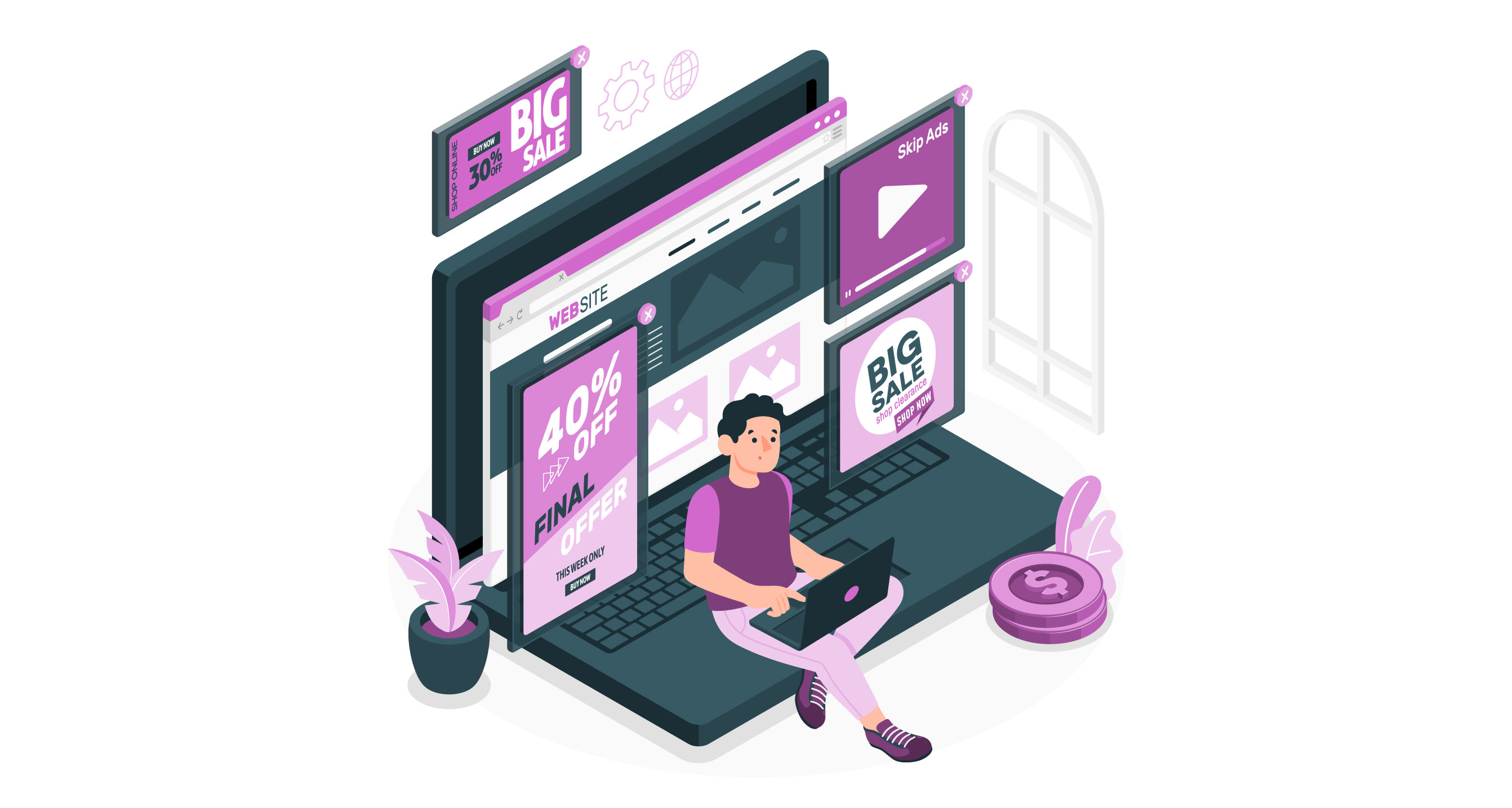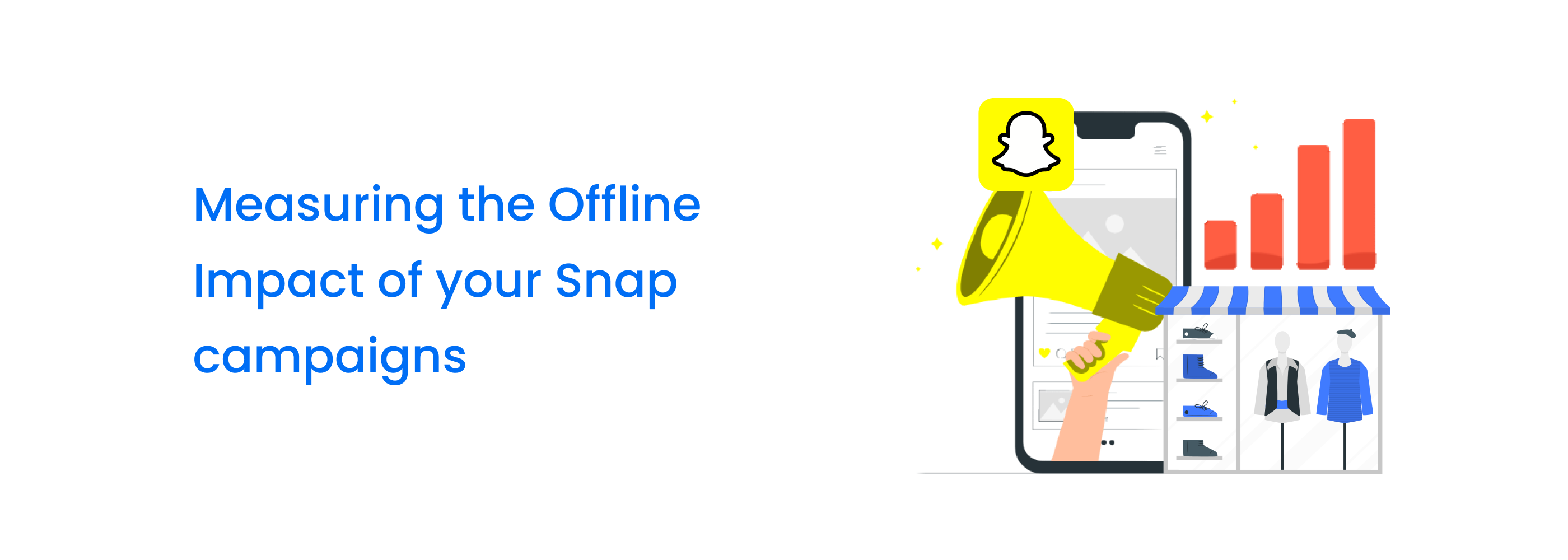Personalization, Segmentation In A First-Party Data Future
Creating a personalized customer experience is essential to improving retention rates. With the right tools and approach, you can effortlessly unite online and offline marketing efforts to create a personalized customer journey that is consistent across channels.
Personalization has a major impact on costs. It can reduce acquisition spend by 50%, increase revenue by as much as 15% and increase marketing spend efficiency by as much as 30%. According to a McKinsey study, personalization has a major impact on Customer Lifetime Value (CLTV) as it can amount to 20% higher customer satisfaction rates and increase sales conversion by up to 15%
What Does Successful Personalization Look Like?
There’s a fine line between relevant and invasive messaging — the difference could make or break your ability to connect with customers.

Here’s a bad and a good example of personalization:
Bad example
A customer searches for hotels for an upcoming trip to California on their laptop but end up putting the search on hold and doesn’t make a booking. A few days later, they received a promotional email for hotel discounts in Maine.
Good example
A customer searches for hotels for an upcoming trip to California on their laptop. A few days later, after not having booked a room, they receive a push notification on their phone with an offer for 30% off a hotel stay in California if they book within the next 24 hours.
The good example shows that you’re in tune with the customer’s journey, while the previous example shows inconsistency in messaging. This can be a major letdown for potential customers.
Segmentation differs from personalization but is a foundational step to see success with your personalization efforts. Segmentation takes a look into user data and puts them into groups that display similar behaviors.
Segmentation groups relevant users based on demographics, key insights, preferences, behaviors, and more. This helps marketing and product teams know things like: What type of content a customer would like to see, what channels are preferred for communications, and which up-sell or cross-sell opportunities resonate best with each individual to create opportunities for effective personalization.
As you start to segment your audience, it’s important to know that not all information you find will be equally valuable.
Here are some key considerations to ensure success with your segmentation efforts:
Are Segments Identifiable?
Ensure you can identify your segments through clear and defined criteria for demographic or behavioral attributes. Confirm this data is easy to understand and accessible.
Is the Size Substantial?
Your segments should be large enough to make the efforts and investment worthwhile.
Are They Differentiated?
To avoid redundancies, different segments should have varying needs and behaviors so that you can communicate with each group through tailored messages
Are They Actionable?
It’s important to validate that you can actually reach the segments you’ve identified and that you can communicate with them on the channels you planned. For example, you’ll need to identify which customers have opted for specific channels.
The Role of First-Party Data
First-party data refers to information that a company collects about its customers through its own channels, such as website visits, purchases, and customer service interactions. This data can be used to create a more personalized advertising experience for customers.
Effective personalization of a customer’s experience in advertising can lead to increased engagement and conversions. For example, using first-party data to target Ads to customers who have previously shown an interest in a particular product or category can increase the likelihood that they will click on the ad and make a purchase. Additionally, using first-party data to segment customers into different groups based on their behavior or characteristics can allow for more targeted and relevant advertising campaigns.

Using first-party data also helps to build trust with customers. When customers see that a company is using their data to provide them with a more personalized experience, they are more likely to feel a sense of loyalty and trust towards the brand. This can also lead to increased customer retention and repeat purchases. Overall, first-party data plays a vital role in effective personalization of a customer’s experience in advertising by providing insights that allow for more targeted and relevant campaigns.
First-party data can be used to segment users into different groups based on their behavior and characteristics, allowing for more targeted and relevant advertising campaigns. For example, a company can use first-party data to segment users based on their purchase history, browsing behavior, or demographics. This can help to identify patterns and trends among different groups of users, which can be used to create more effective marketing strategies.
Another way in which first-party data can be used for user segmentation is through the use of machine learning algorithms. Machine learning algorithms can be trained on first-party data to identify patterns and trends among different groups of users. For example, a machine learning algorithm can be trained to identify users who are most likely to make a purchase based on their browsing behavior, purchase history, and demographics. This information can then be used to create targeted marketing campaigns that are more likely to convert those users into customers.
Finally, first-party data can also be used to segment users based on their preferences and interests. This can be done by analyzing user behavior and preferences, such as the pages they visit, the products they view, and the content they engage with. For example, a company can use first-party data to identify users who are interested in a particular product category, such as health and wellness products, and then create targeted marketing campaigns that are tailored to those users’ interests. Overall, first-party data plays a crucial role in user segmentation, providing insights that allow for more targeted and relevant campaigns, which can increase the chances of conversion.














